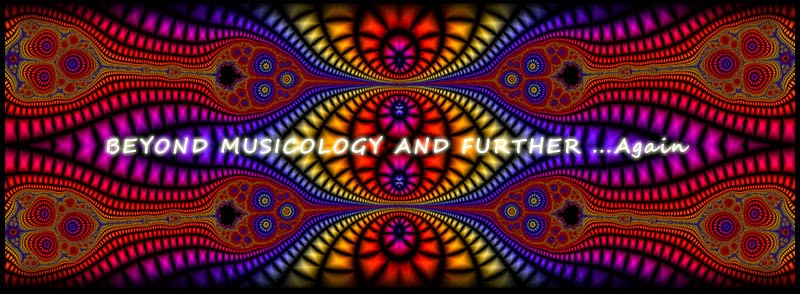Throughout the '90s, Ekoostik Hookah trudged throughout the U.S., playing to countless shows while molding their grassroots/jazz/blues organic sounds. A second album, which was titled Dubbabuddah (1994), focused more on the band's lengthy jams and sonic grooves, yet the 1996 release of the band's live album Ekoostik Hookah was more of an accurate depiction of their relentless rock & roll impeccability, the growl of performing in front of an audience, and the power they had as a live band. It's their laid-back nature, the mellow atmospheric body encased in each song, that makes Ekoostik Hookah as desirable as they already are. Studio efforts are obviously a different set for the group, but it's the down-home good time that cuts the hook every time. A third LP, Where the Fields Grow Green, was issued in 1998 and another live double disc,Sharp in the Flats, followed a year later. AMG.
listen here
Buy @ Amazon: USA











